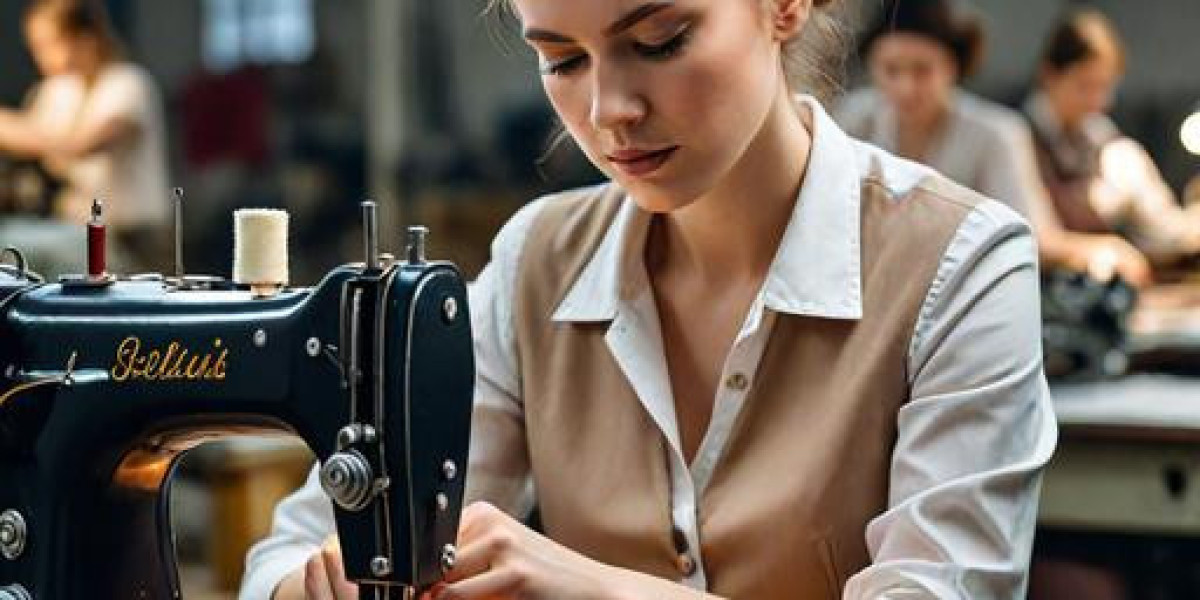The global market for enterprise end-user computing has been fundamentally reshaped by the rise of virtualization and cloud technologies, giving prominence to the dynamic and strategically critical Virtual Desktop Infrastructure (VDI) market. A comprehensive examination of the leading Virtual Desktop Infrastructure Market Companies reveals a complex and highly concentrated ecosystem, dominated by a handful of major technology platform vendors who provide the core software stack, alongside a crucial tier of hardware infrastructure providers and cloud hyperscalers. These firms are responsible for building the platforms that enable businesses to centrally host and manage desktop operating systems and applications in a data center or the cloud, and to deliver them as a secure, on-demand service to any employee, on any device, in any location. The Virtual Desktop Infrastructure Market size is projected to grow USD 57.8 Billion by 2030, exhibiting a CAGR of 18.20% during the forecast period 2025-2030. This explosive growth is a direct reflection of powerful business drivers, including the need to support remote and hybrid work at scale, the demand for more centralized and secure management of corporate data, and the desire to simplify IT administration and reduce the total cost of ownership of end-user computing.
The core of the VDI software market has long been dominated by two powerful and established leaders: Citrix (now part of Cloud Software Group) and VMware (now part of Broadcom). Citrix, with its Citrix DaaS and Virtual Apps and Desktops platforms, has a long and storied history in the application and desktop virtualization space. Its competitive advantage lies in its high-performance HDX display protocol, which is renowned for its ability to deliver a responsive, high-fidelity user experience even over challenging network conditions, and its broad feature set for enterprise management and security. VMware, a giant in data center virtualization, competes fiercely with its Horizon platform. VMware's key competitive advantage is its deep integration with its market-leading vSphere hypervisor and its broader software-defined data center (SDDC) stack. For the thousands of enterprises that have already standardized their data centers on VMware technology, deploying VMware Horizon is a natural and seamlessly integrated choice. These two companies have for years formed a powerful duopoly at the top of the enterprise VDI market, competing intensely for large-scale corporate and public sector deployments.
A third, and increasingly dominant, force in the market is Microsoft. While it has long been a key technology enabler with its Windows operating system and Remote Desktop Services (RDS), its emergence as a full-stack platform provider with Azure Virtual Desktop (AVD) has fundamentally altered the competitive landscape. AVD is a cloud-native Desktop as a Service (DaaS) offering that runs exclusively on the Microsoft Azure cloud. Its primary competitive advantage is its unique licensing for Windows 10 and 11 multi-session, which allows multiple users to share a single virtual machine, dramatically reducing infrastructure costs compared to traditional VDI. This, combined with its deep integration with the broader Microsoft 365 and security ecosystem, makes AVD an incredibly compelling and often more cost-effective option for companies that are already heavily invested in the Microsoft stack. The market also includes other important players, such as Nutanix, which offers VDI solutions as part of its hyper-converged infrastructure (HCI) platform, and the hardware providers like Dell, HP, and IGEL who provide the thin clients and other endpoint devices used to access virtual desktops.
Top Trending Reports -








